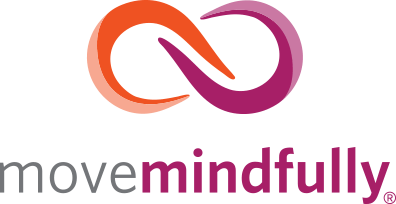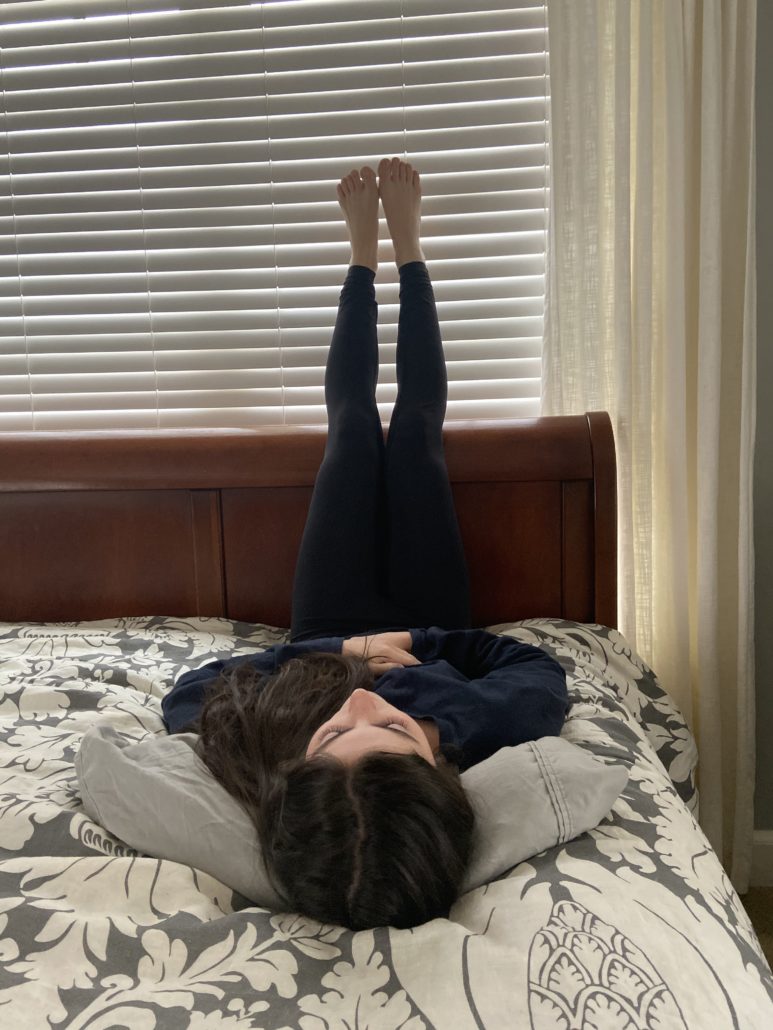We often encourage educators, therapists, youth workers and parents to “meet the body where it is at” when working with youth and children. But what does this really mean?
Working in schools, hospitals, juvenile services and daycares has taught us that if you expect someone with low energy to jump right into movement or expect someone with higher energy to just get calm and still, it isn’t going to work.
With this in mind, we created our Permission to Pause Posters and the sequences at the back of our MoveMindfully Card Decks. Our simple BREATHE-MOVE-REST sequences “meet the body where it is at” in any given moment.
In order to be effective when introducing mind-body practices, we need to match the energy level of participants when choosing activities. By meeting a tired body with breathing and movement that slowly increases energy, we are easing into a more alert and awake state. When facing high energy or big emotion, releasing breathing techniques and movement options allow the body to regulate and move to a calmer, more relaxed state.
Here are some tips when trying to meet the body where it is at:
BREATHE
- Offer breathing activities that match low energy. If children/youth are tired, Prone Breathing or simple Belly Breathing can be a great way to meet tired with kindness.
- If children/youth have high energy or are feeling big emotions, Conductor Breath allows for a release of energy/emotion before moving into more calming Belly Breaths.
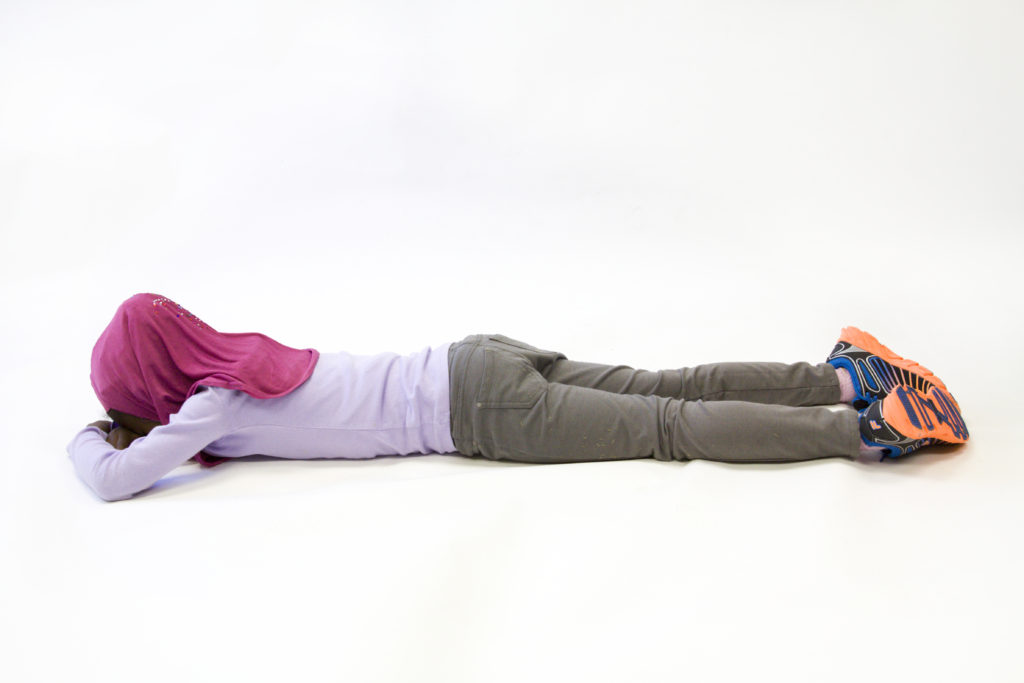
MOVE
- When children/youth are tired, starting with Head on Desk or Forward Folds allow the body to take a break from visual input and get a moment’s rest before moving into more energizing movements like Upward Mountain.
- Starting in Plank allows for a release of high energy/big emotion and can be alternated with Prone Breathing to slowly come into a more balanced state.
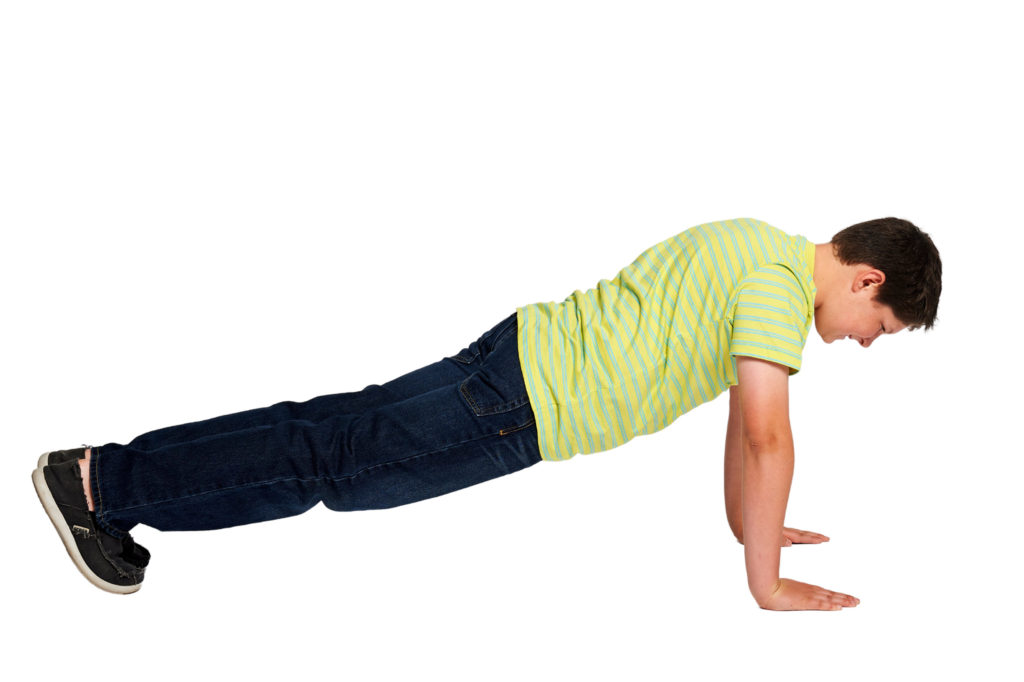
REST
- Taking time after breathing and movement to sit quietly and breathe, listen to a slow song, or even color/draw can be a great way to transition to what comes next. Build in reflection time for youth/children to notice how the breathing/movement might have changed their energy level or mood. This helps build the mind-body connection and create a toolkit for self-regulation.
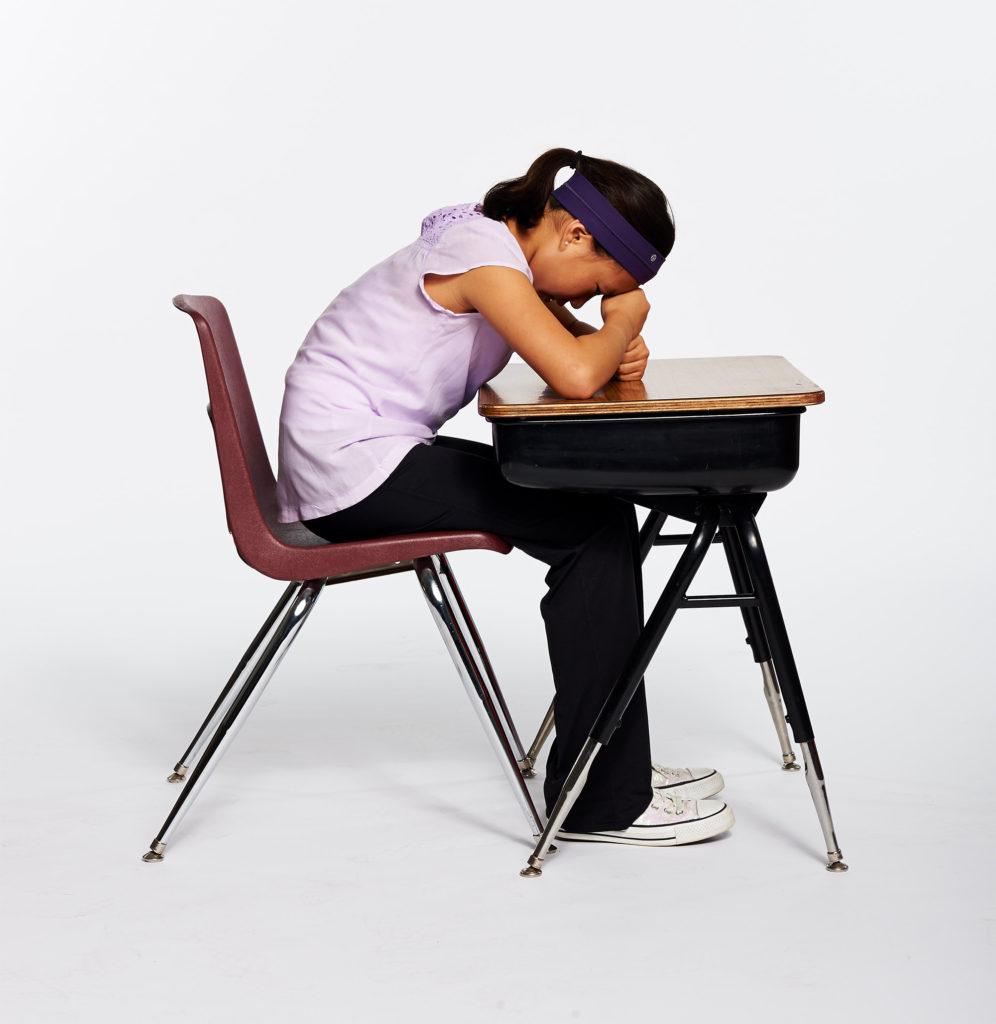
You can download our Free Resources to get started with sample BREATHE-MOVE-REST practices for Early Education, Youth, and your Self. They are also all provided in Spanish.
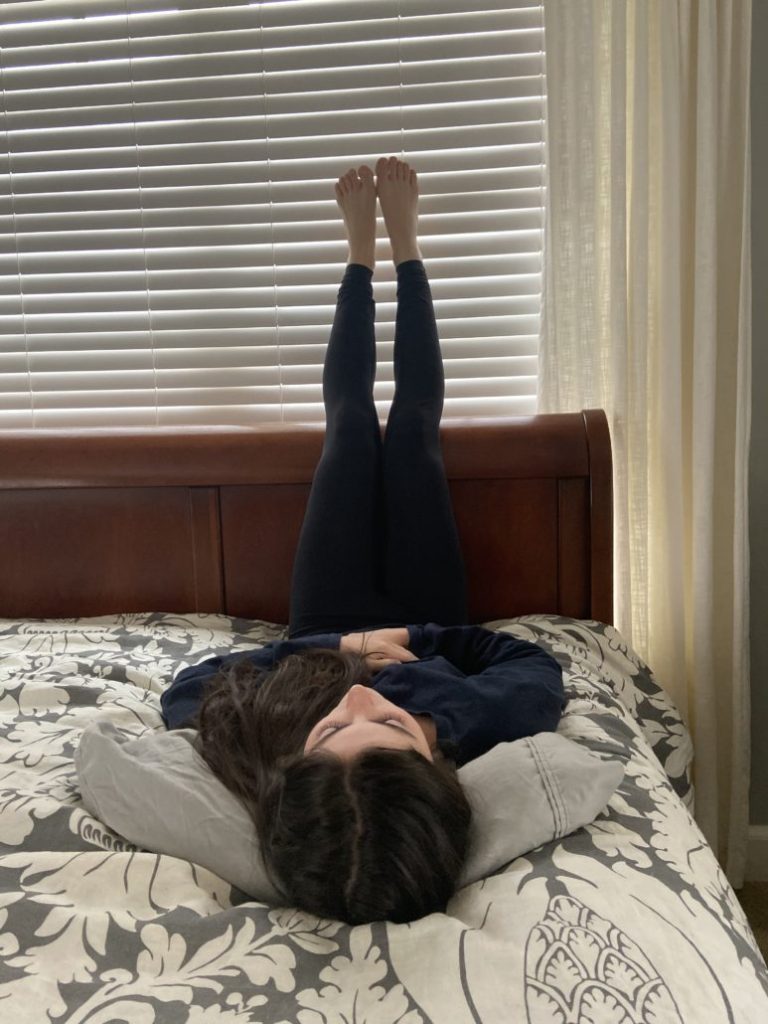
How do you meet your body where it is at when you need to? How can you share this idea with the children and families you work with? Take time today to move higher energy/big emotion out of your body or meet a tired body with gentler activities when you need to and let us know how it goes! Leave a comment or connect on social @MoveMindfullyConnect
